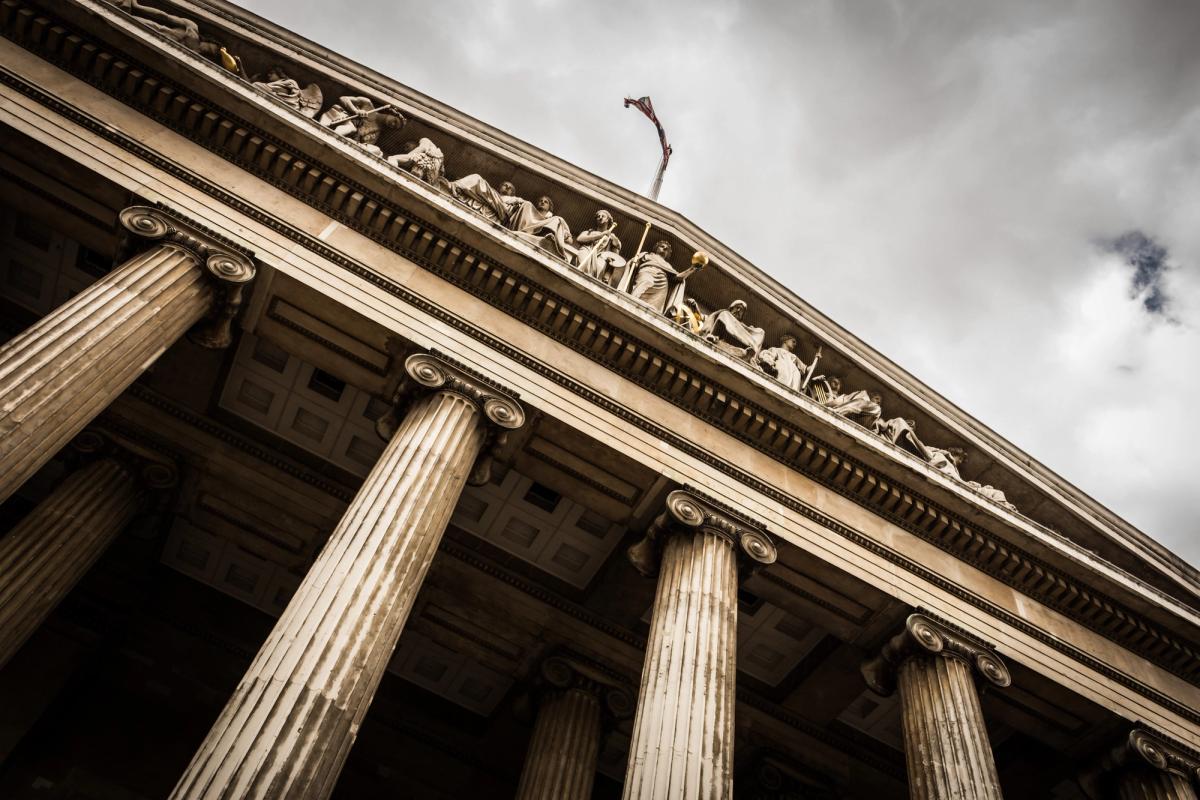We are told that the number of items missing from the British Museum (BM) may be 2,000 or more. They may cover a period from 1500 BC to the 19th century...we think. Many—as much as half?—are likely to be engraved gems and glass from the Townley bequest. And while we know that thefts have been taking place since at least 2014, it’s likely that the perpetrator has been at it for far longer.
In summary, we don’t know a great deal, except for the fact that most of the stolen items will be less valuable in monetary and cultural terms than the BM’s major treasures and have never been photographed or catalogued. This means they cannot be identified and are unlikely ever to be recovered. However, as the art dealer Ittai Gradel exposed the trail of theft by identifying at least some items from the collection, hope remains of recovering a number of them.
The BM's chairman George Osborne told the BBC that a recovery programme was already afoot, involving the police—who have the authority to upload lists to the Interpol website—and the Art Loss Register.
There is nothing wrong with using Interpol, which has open public access. As a commercial enterprise, the ALR charges £70 for a single search. This seems quite a barrier to the successful recovery of low value objects unless the ALR is offering free searches.
Although we don’t know how many items have been successfully offloaded via eBay and other outlets, it is reasonable to assume that most buyers in these circumstances do not have the expertise to recognise if what they are acquiring is genuine, fake or stolen, particularly when the pieces involved are not of outstanding importance.
It strikes me as far more likely that any individual fearing that they may have bought a stolen BM artefact will check the websites of the Antiquities Dealers’ Association, The Art Newspaper or Antiques Trade Gazette, all of whom could offer to publish free-to-access illustrated lists.
I think it reasonable to assume that the majority of these unwitting buyers would be horrified to learn the origin of what they had bought and would want to return them to the BM. As good faith purchasers, they should be entitled to compensation under Article 7.b.ii of the 1970 Unesco Convention concerning illicit trade in cultural property.
If, as now seems certain, a large number of stolen objects are in circulation, then the BM also has a duty to publish its list promptly in the interests of due diligence—auction houses and dealers do not want to be tainted by illicit material, whatever the market’s critics may claim. Who wants to hand over good money for stolen items and risk their reputation in the process? Certainly unscrupulous individuals exist, but no one resents them more than honest traders who know how damaging such cases can be to the reputation of the wider legitimate market, so they have the greatest incentive to expose wrongdoers where they can, as Gradel’s unyielding campaign with the BM illustrates.
The whole culture sector must learn from the BM scandal: museums must prioritise their traditional core responsibilities of prompt cataloguing, conserving and authoritative display; we must have an honest debate on the value of progressive deaccessioning as an effective source of funding and renewal; and institutions and the market need to restore trust in each other for the public benefit. Trade expertise is at least as valuable as curators’ because dealers tend to handle more objects. The government’s Treasure Valuation Committee shows how academia and commerce can come together to great effect. Let’s grab this opportunity.
• Ivan Macquisten is an adviser to trade organisations including CINOA, the Antiquities Dealers Association and the International Association of Dealers in Ancient Art and former editor of The Antiques Trade Gazette


